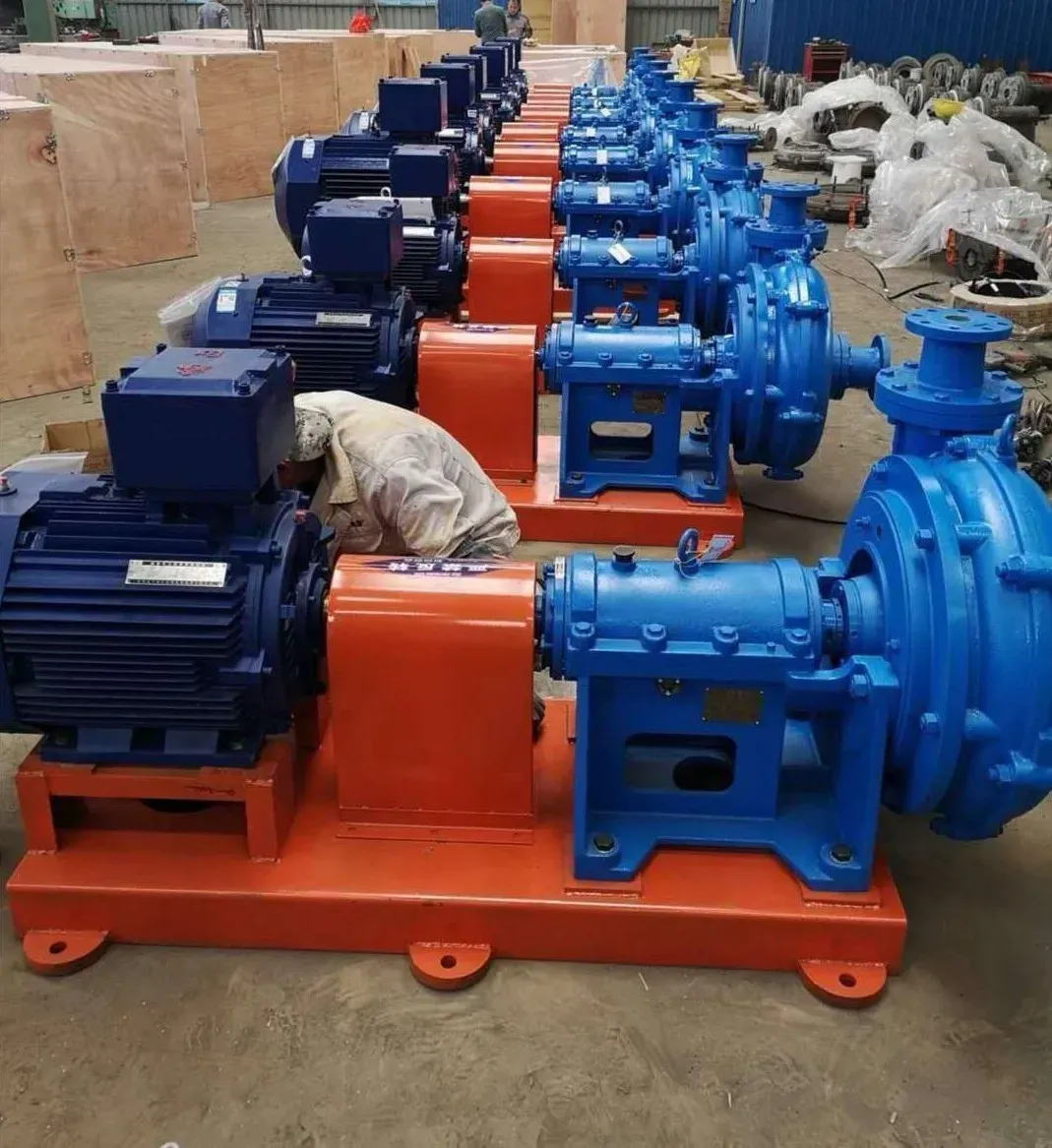Swedish
- Afrikaans
- Albanian
- Amharic
- Arabic
- Armenian
- Azerbaijani
- Basque
- Belarusian
- Bengali
- Bosnian
- Bulgarian
- Catalan
- Cebuano
- Corsican
- Croatian
- Czech
- Danish
- Dutch
- English
- Esperanto
- Estonian
- Finnish
- French
- Frisian
- Galician
- Georgian
- German
- Greek
- Gujarati
- Haitian Creole
- hausa
- hawaiian
- Hebrew
- Hindi
- Miao
- Hungarian
- Icelandic
- igbo
- Indonesian
- irish
- Italian
- Japanese
- Javanese
- Kannada
- kazakh
- Khmer
- Rwandese
- Korean
- Kurdish
- Kyrgyz
- Lao
- Latin
- Latvian
- Lithuanian
- Luxembourgish
- Macedonian
- Malgashi
- Malay
- Malayalam
- Maltese
- Maori
- Marathi
- Mongolian
- Myanmar
- Nepali
- Norwegian
- Norwegian
- Occitan
- Pashto
- Persian
- Polish
- Portuguese
- Punjabi
- Romanian
- Russian
- Samoan
- Scottish Gaelic
- Serbian
- Sesotho
- Shona
- Sindhi
- Sinhala
- Slovak
- Slovenian
- Somali
- Spanish
- Sundanese
- Swahili
- Swedish
- Tagalog
- Tajik
- Tamil
- Tatar
- Telugu
- Thai
- Turkish
- Turkmen
- Ukrainian
- Urdu
- Uighur
- Uzbek
- Vietnamese
- Welsh
- Bantu
- Yiddish
- Yoruba
- Zulu
Telephone: +86 13120555503
Email: frank@cypump.com
dec . 06, 2024 05:44 Back to list
Efficient Transport Solutions for Cement Slurry Pumping in Construction Projects
Understanding Cement Slurry Pumps A Comprehensive Overview
Cement slurry pumps play a pivotal role in the construction and mining industries, providing the essential function of transporting cement slurries efficiently and effectively. As the demand for durable infrastructures continues to rise, the importance of these pumps cannot be overstated. Let's explore the mechanics, types, applications, and benefits of cement slurry pumps.
What is a Cement Slurry?
Before delving into the specifics of cement slurry pumps, it's crucial to understand what a cement slurry is. A cement slurry is a mixture of cement, water, and sometimes additives. This mixture is pivotal for various applications such as grouting, well cementing in oil and gas drilling, and constructing foundations in civil engineering projects. The viscosity and density of the slurry depend on the ratio of cement to water and the specific type of cement used, which can affect the efficiency of pumping.
The Mechanics of Cement Slurry Pumps
Cement slurry pumps are specifically designed to handle the abrasive, viscous nature of cement slurries. These pumps usually fall into two main categories centrifugal pumps and positive displacement pumps.
1. Centrifugal Pumps Utilizing a rotating impeller, centrifugal pumps create kinetic energy that transforms into pressure, allowing the slurry to be pushed through the pump and into the desired location. They are ideal for moving large volumes of liquid quickly and are often used in lower viscosity applications.
2. Positive Displacement Pumps These pumps operate by trapping a fixed amount of fluid and forcing it through the discharge outlet. They are particularly effective for high-viscosity slurries, making them suitable for applications with thicker cement mixtures. Common types of positive displacement pumps include diaphragm pumps and gear pumps.
Applications of Cement Slurry Pumps
Cement slurry pumps see widespread use across various sectors
- Oil and Gas Industry These pumps are crucial for well cementing, where cement slurries are injected into the annulus between the well casing and the rock formation to provide support and prevent fluid migration.
cement slurry pump

- Construction Projects From building foundations to repairing infrastructure, cement slurry pumps ensure that the mixed cement reaches its intended location quickly and efficiently
.- Mining Operations In mining, these pumps are used to transport cement slurry for backfilling purposes, supporting the structural integrity of mine shafts and other excavated areas.
Benefits of Using Cement Slurry Pumps
The implementation of cement slurry pumps in construction and industrial applications comes with various advantages
1. Efficiency Slurry pumps are designed to handle large volumes of cement mix, significantly reducing the time needed for mixing, transporting, and pouring, thereby accelerating project timelines.
2. Durability Constructed to withstand harsh conditions, including abrasive materials and varying temperatures, these pumps are built for longevity, reducing maintenance costs and enhancing reliability.
3. Versatility Cement slurry pumps can be adapted for various slurry compositions, making them suitable for multiple applications across industries.
4. Cost-Effectiveness The speed and efficiency of cement slurry pumps contribute to overall project savings. By reducing labor costs and improving material handling, they make cement application more economical.
5. Consistent Quality With automated systems in place, slurry pumps can ensure uniform mixing and delivery rates, which help maintain the integrity of cement work.
Conclusion
In conclusion, cement slurry pumps are a vital component in modern construction and mining operations. Their ability to efficiently transport cement mixtures not only streamlines processes but also enhances the quality and durability of the final product. As industries continue to evolve and demand for robust infrastructural solutions increases, the development and optimization of cement slurry pumps are likely to advance, further solidifying their importance in these sectors. By understanding the mechanics, applications, and benefits of these pumps, stakeholders can make informed decisions that improve operational efficiency and project outcomes.
-
ISG Series Vertical Pipeline Pump - Chi Yuan Pumps Co., LTD.|High Efficiency, Energy Saving, Low Noise
NewsJul.30,2025
-
ISG Series Vertical Pipeline Pump- Chi Yuan Pumps|High Efficiency&Low Noise
NewsJul.30,2025
-
ISG Series Vertical Pipeline Pump-Chi Yuan Pumps Co., LTD.|High Efficiency&Energy Conservation
NewsJul.30,2025
-
ISG Series Vertical Pipeline Pump - Chi Yuan Pumps Co., LTD.|Advanced Hydraulic Design&Energy-Efficient Solutions
NewsJul.30,2025
-
ISG Series Vertical Pipeline Pump - Chi Yuan Pumps Co., LTD.
NewsJul.30,2025
-
ISG Series Vertical Pipeline Pump - Chi Yuan Pumps Co., LTD.|energy-efficient fluid handling&industrial durability
NewsJul.30,2025










